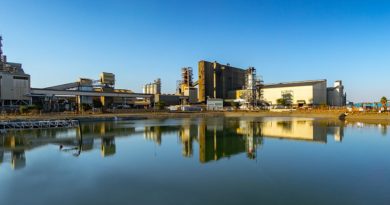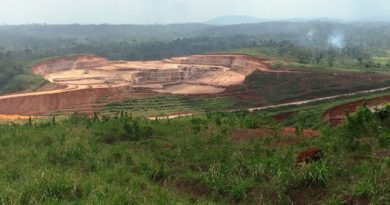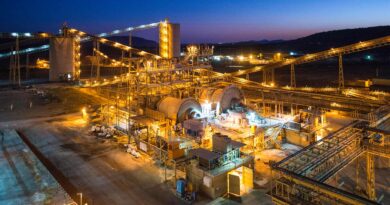Sibanye-Stillwater buybacks dwarf its SA investments
A share buyback programme is a classic case of financial engineering. Share buybacks send a message to the market that management thinks the shares are undervalued. This is a particular favourite of companies that struggle to unlock stubborn net asset value (NAV) discounts.
Unlike holding companies that struggle with value unlocks, Sibanye-Stillwater is a flavour of the market at the moment. The company has so much cash available that it has decided to invest over R9bn in buying back up to 5% of its shares in issue (at current prices).
After they executed some tough transactions, the market smiled upon Neal Froneman and his team and delivered a commodity price boom that has helped Sibanye deleverage the balance sheet and achieve stellar returns in the past year.
A run in platinum group metals (PGM) prices has been great news for South Africa, the world’s leading producer of PGMs. If commodity prices can hold steady or keep rising, our fiscus might crawl out of a dark hole and emerge as a sought-after asset, in the same way that Sibanye has. Or perhaps that’s too optimistic.
Sibanye-Stillwater’s Froneman isn’t known for his sunny outlook on South Africa, however. In fact, he begrudgingly announced a R6.3bn investment in South African projects earlier this year. He hinted that more projects are available, but Sibanye can’t execute them without a reliable view on the price and supply of electricity (among other issues).
So Sibanye-Stillwater’s share buyback is larger than its South African investment programme. In many ways, that speaks volumes about the potential growth we are leaving on the table as a country. It’s a sad day for economic growth when companies analyse the situation and decide that the best approach is to simply return cash to shareholders.




